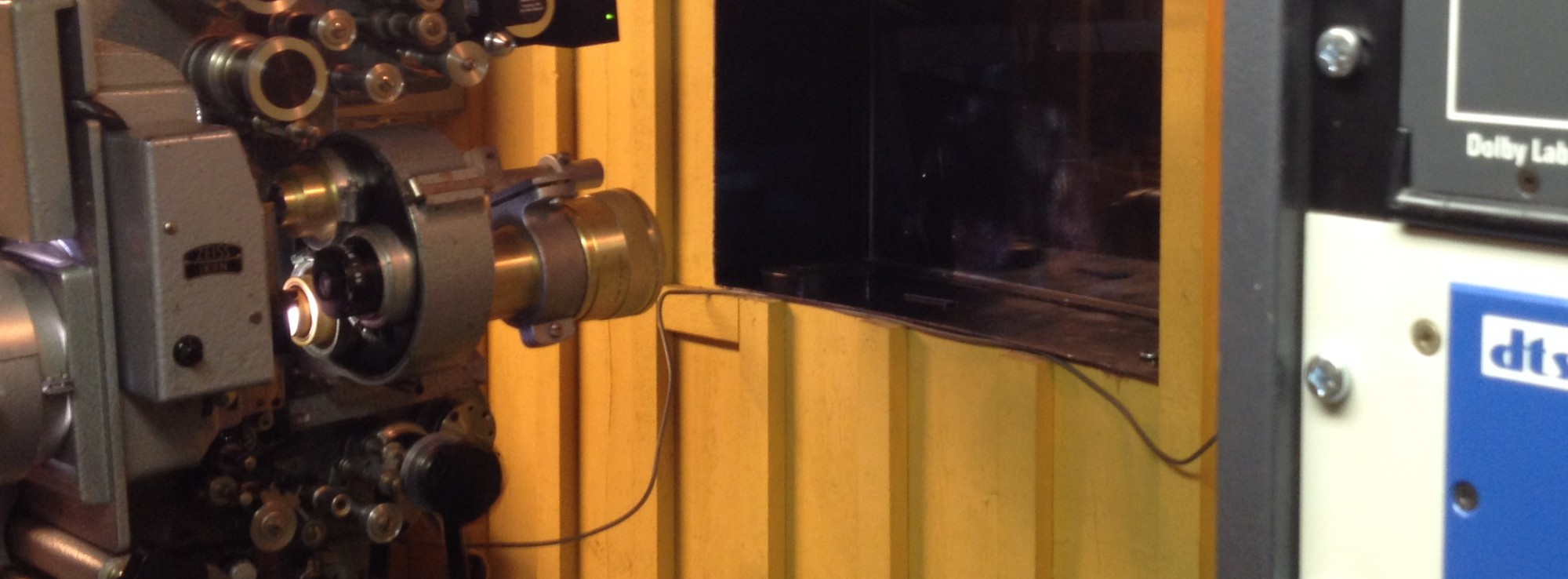<rant>
How come a web-based XML editor can call itself a “WYSIWYG editor”? WYSIWYG, per definition, stands for What You See Is What You get, but that’s just madness in this context, for several reasons:
First of all, XML is supposed to be about semantics and structure, not about contents and presentation. The idea is that you present your XML according to your media. On paper, a certain layout is desired, with page numbers, page references, and so on. Online, you need hyperlinks, sans serif fonts, and so on. On a mobile phone’s two-inch screen, you need to break down yur information to short chunks with short titles and captins. And so on.
Furthermore, different web browsers will display a web page differently. A page displayed using Internet Explorer will not be identical to the the same page in Firefox. Sure, they are close these days, but not the same.
And finally, when displaying XML in something other than a pure text editor, you apply a stylesheet of some kind. CSS is common; XMetaL uses it, as does Oxygen. Web-based XML editors often use a combination of XSLT and CSS, so two stylesheets, not one.
Isn’t this the exact opposite of WYSIWYG? You get further away from what XML actually looks like while not getting closer to the published result.
WYSIWYG, in the context of XML and structured documentation, is in my humble opinion a marketing ploy by companies that seem to have little else to offer.
</rant>
